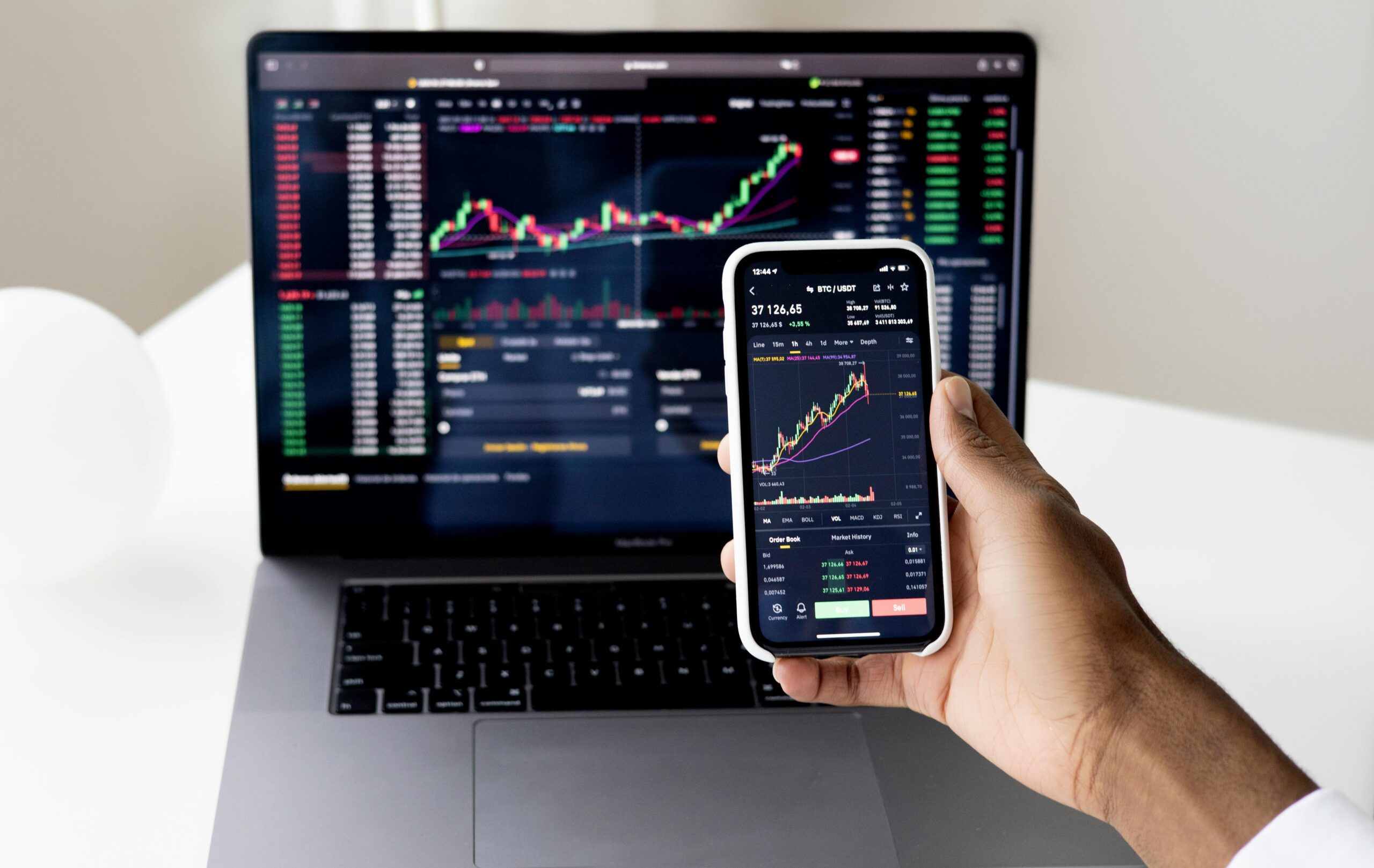Leverage is a powerful tool that many forex traders use to increase their market exposure without needing to invest a large amount of capital. Understanding how leverage works in forex trading is essential for both beginners and experienced traders. This article will explain the basics of leverage, its benefits and risks, and how to use it wisely to maximize your trading potential.
What Is Leverage in Forex Trading?
Leverage allows traders to control a larger position than their initial investment by borrowing funds from their broker. For example, a leverage of 1:100 means you can control $100,000 in the market with just $1,000 of your own money. This magnifies both potential profits and losses, making it a double-edged sword. Knowing how leverage works can help you trade more efficiently and avoid costly mistakes.
Types of Leverage and How They Affect Your Trades
Leverage ratios vary depending on the broker and the trader’s account type. Common leverage ratios include 1:10, 1:50, 1:100, and even up to 1:500 or more. While higher leverage allows for bigger positions, it also increases the risk of losing your capital quickly. Many regulated brokers, including the Exness broker, offer flexible leverage options to suit different trading styles and risk tolerance. Always choose a leverage ratio that fits your experience and strategy.
Benefits of Using Leverage
One of the main reasons traders use leverage is to maximize their returns on investment. With leverage, you can open larger trades and potentially earn higher profits from smaller market movements. Additionally, leverage provides more flexibility, allowing you to diversify your trades and explore various currency pairs without committing large amounts of capital upfront. This advantage makes leverage attractive, especially for those with limited funds.
Risks of Leverage in Forex Trading
Despite its advantages, leverage also comes with significant risks. Since leverage amplifies both gains and losses, a small unfavorable market move can result in a substantial loss, sometimes exceeding your initial deposit. This is why risk management is critical when trading with leverage. Using stop-loss orders and limiting your leverage to manageable levels are essential steps to protect your trading capital.
How to Use Leverage Wisely
Successful trading with leverage requires discipline and strategy. First, start with lower leverage ratios until you become comfortable with how the market moves. Keep your risk per trade low, usually between 1% and 2% of your trading capital. Also, educate yourself on market trends and technical analysis to make informed decisions. Brokers like Exness provide educational resources and demo accounts to help traders practice using leverage safely.
Why Choose the Best Broker for Leverage Trading
Choosing the best broker is crucial when trading with leverage. A trustworthy broker like Exness offers transparent trading conditions, low spreads, and reliable execution, which are vital for leveraging positions effectively. Moreover, a regulated broker ensures your funds are secure and trading practices are fair. This reliability gives traders confidence and helps them focus on their trading strategies.
Final Thoughts: Trade Leverage with Confidence
Leverage is a valuable feature in forex trading but must be used carefully to avoid excessive risk. Understanding how leverage works and managing it properly can improve your trading outcomes and protect your capital. If you want to trade with a trusted and regulated broker, you can consider trading with Exness. Contact us for any type of trading-related help. We are here to support your journey and ensure you use leverage wisely for long-term success.







